- Have any questions?
- 080 2558 0771
- 080 2558 0772
- mail@beleastmail.com

Myanmar – 7 Days / 6 Nights
Friday, 29 April, 2016
South Africa – 10 Days / 9 Nights
Friday, 29 April, 2016Myanmar – Mandalay Beyond 5 Days
Day 1: Mandalay
A former royal capital, Mandalay is one of Myanmar’s largest cities, and a cultural and spiritual centre. Neighboring Sagaing is home to over sixty per cent of the country’s monks, while the artisans of Mandalay continue to turn out the finest crafts in Myanmar. In the morning, head to Mahamuni Paya, home to the Mahamuni image, perhaps the most venerated image in Myanmar, covered in over 15 cm of gold leaf. Worshippers flock daily to the shrine at four in the morning to observe the unique face-washing ceremony. En route to the pagoda, stop to observe the laborious process of gold-leaf beating, where gold is painstakingly hammered into tissue-thin squares. Before breaking for lunch, visit a craft workshop specializing in one of the arts for which the city is famous: bronze-casting, marble-carving, wood-carving, or puppetry.
The afternoon’s tour includes some of the city’s most interesting temples and palaces. Begin at Shwenandaw Kyaung, or the Golden Teak Monastery. Built entirely of golden teak, this intricately carved wooden monastery was once part of the Mandalay Palace, used as private apartments by King Mindon and his chief queen. Continue to Kyauktawgyi Paya, famous for its monumental seated Buddha, carved from a single block of marble. Continue to Kuthodaw Paya, known also as “the world’s biggest book”. Around the central stupa are miniature pavilions, housing a toital of 729 slabs of marble inscribed with the entire Tripitkata, or Buddhist scriptures. The final stop is at Shwe Kyin old monastery, an old monastery at the base of Mandalay Hill built during the period of King Mindon.
Head to Mandalay Hill at sunset for spectacular panoramic views over the palace, city and the paya-studded countryside. The famous hermit monk, U Khanti, is credited with inspiring the construction of many of the buildings on and around the hill in the years after the founding of the city.
Overnight in Mandalay.
Day 2: Mandalay – Pyin Oo Lwin – Mandalay
Journey northeast along Highway 3 across the plains, and up the twisting road into the hills to Pyin Oo Lwin. Due to an influx of South Asians during the British colonial era, Pyin Oo Lwin is now home to around 5,000 Nepalis and 10,000 Indians. For many years it functioned as a British hill station and due to the altitude, even at the height of the hot season, it is pleasantly cool and the air is fresh.
Visit the botanical gardens, a 237 acre area featuring manicured grass, large flower beds, natural forest, rose gardens and an orchid house. Head to the Purcell Tower, a clock tower presented as a gift from Queen Victoria, who offered an identical tower to Cape Town in South Africa. Visit the Church of the Immaculate Conception, a 100-year-old church south of the central area featuring a large brick sanctuary with a belltower and cruciform floor plan. The vaulted wooden ceilings and well appointed interior is impressive. Finish the day with a stop at the Peikchin Caves, holding a large Hindu-Buddhist shrine developed by local Nepalis and adorned with Buddha images and models of Myanmar’s most famous pagodas.
Overnight in Mandalay.
Day 3: Mandalay – Mingun – Mandalay
Travel upriver by boat to Mingun, enjoying the views of river life, fishing villages, market boats, and local going about their daily routine. Explore the ruins of the vast Mingun Paya, a monument to human ambition never finished, its size would have dwarfed all contemporary pagodas. Visit the Hsinbyume Paya, dating from 1816 and built by King Bagyidaw in dedication to the memory of his wife, the Hsinbyume Princess. Like many other pagodas, this structure is a symbolic representation of the mythical Mountain Meru. Stop to see the Mingun Bell, claimed to be the world’s largest, with a weight of 90 tons.
Return downstream by boat to Mandalay, then head out for Yae Kyi Village visiting a local orchid farm along the way. Continue to the village, nestled near the base of Yae Tagon mountain, and experience the daily life of villagers. Drive up to caves situated halfway up the mountain and enjoy the picturesque views of endless green rice paddies. From there, begin trekking uphill through jungle landscapes to the Shwe Hin Tha Cave area, with a natural stone representation of a Hintha bird at the entrance. (Entering the cave is not recommended during the rainy season). Return by vehicle to Mandalay.
Overnight in Mandalay.
Day 4: Mandalay – Monywa
After traveling to Monywa from Mandalay, set out by open jeep to Po Win Taung mountain, home to a series of caves set in the hillside along a meandering path and containing Buddha images and beautifully preserved murals dating from the 14th-16th centuries.
Po Win Taung: this mountain contains a series of caves set in the hillside along a meandering path and contains Buddha images and beautifully preserved murals dating from the 14th-16th centuries.
Shwe Ba Taung Paya: Shrines and pavilions are carved into the sandstone hillside here, colourfully decorated with mosaics and Buddha images. Whimsical sculptures adorn the path and walls, such as a giant golden frog sitting by the road or an elephant carved to form a temple doorway.
Overnight in Monywa.
Day 5: Monywa
Situated on the eastern bank of the Chindwin River, Monywa is now the second biggest town in Upper Myanmar and serves as a major trade centre for agricultural produce from the surrounding Chindwin Valley, especially beans, and palm sugar. Enjoy exploring the sites, including:
Thanboddhay Kat Kyaw Paya: Every spare surface of this temple, inside and out, is covered with thousands of miniature Buddha images (almost 600,000 altogether); the cumulative effect is unforgettably colourful.
Shwe Gu Ni Paya: Shwe Gu Ni Paya is one of the most important pilgrimage site in Myanmar, due to its main chedi, which reportedly has the ability to grant wishes.
Reclining Buddha: Perched atop a hill, with spectacular views across the plain, this giant reclining Buddha is one of the largest in the country.
Boddhi Tataung: A grove of banyan trees with a Buddha image at the base of each.
Travel by vehicle from Monywa to Pakkoku, stopping en route at the Ma-U Village. Take short walk and visit a workshop making incense. Heading to Pakkoku, visit Ah Neint, also known as Thone Pan Hla village, which contains over 130 stupas and temples from the Nyaung Yan period (17th century) within a circumference of 2 miles.
Transfer by boat from Pakkoku to Bagan


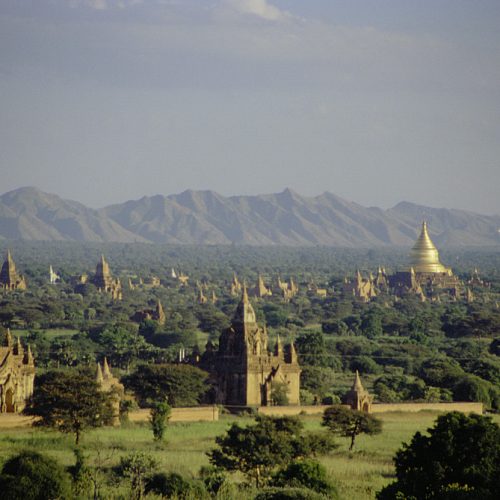
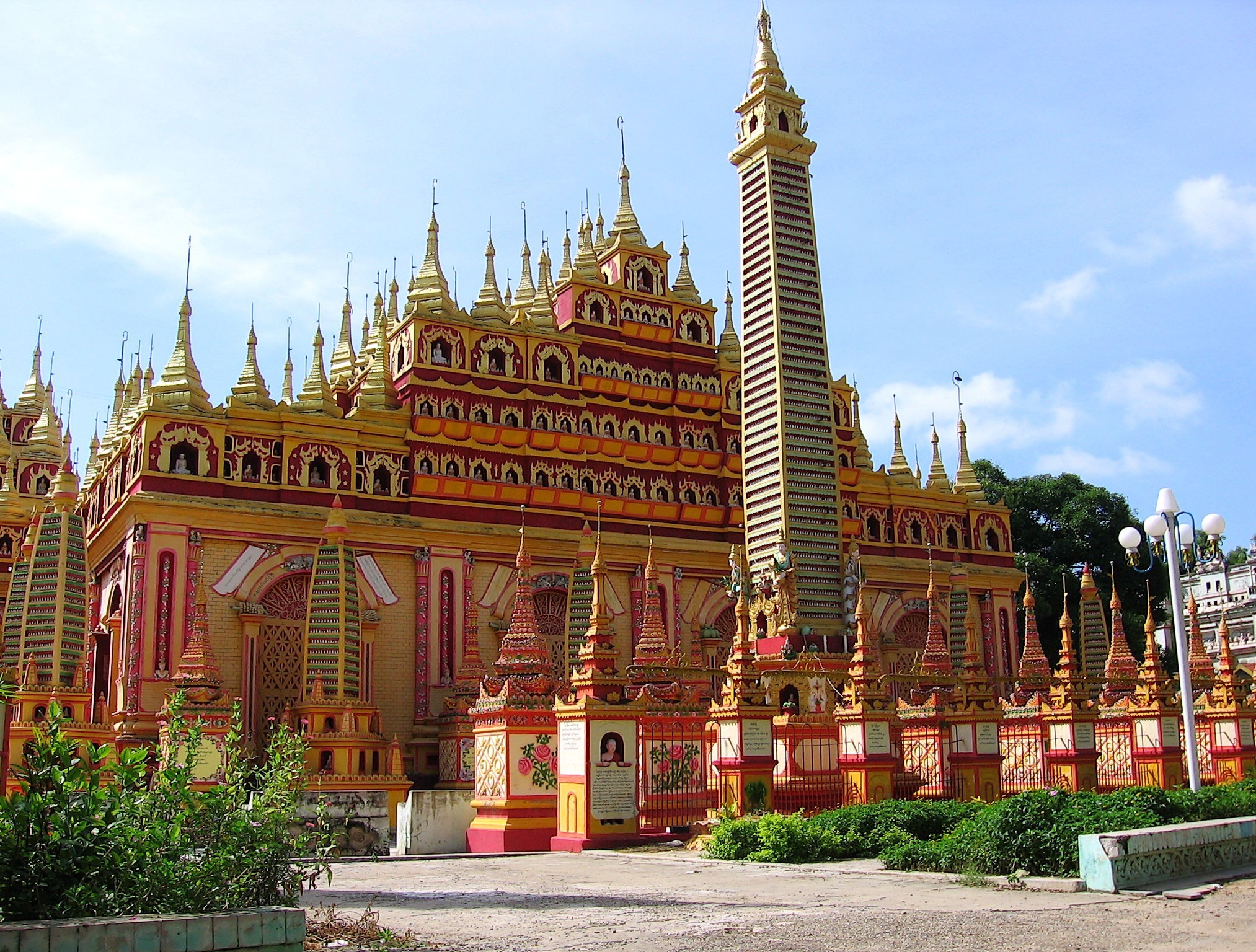

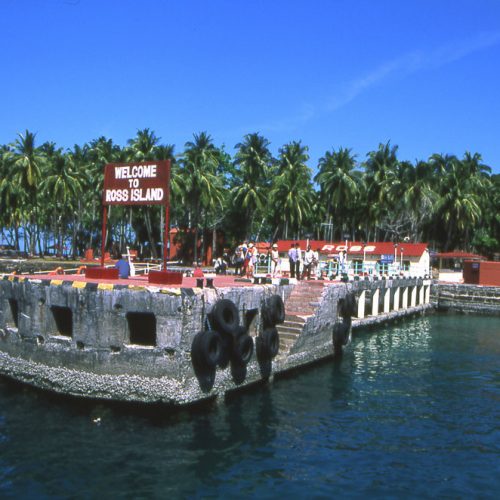
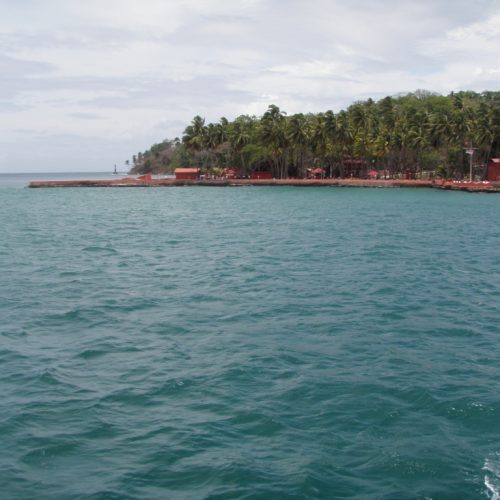
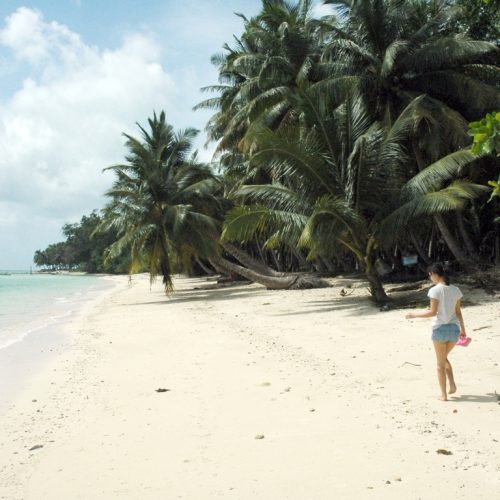
Reviews
There are no reviews yet.